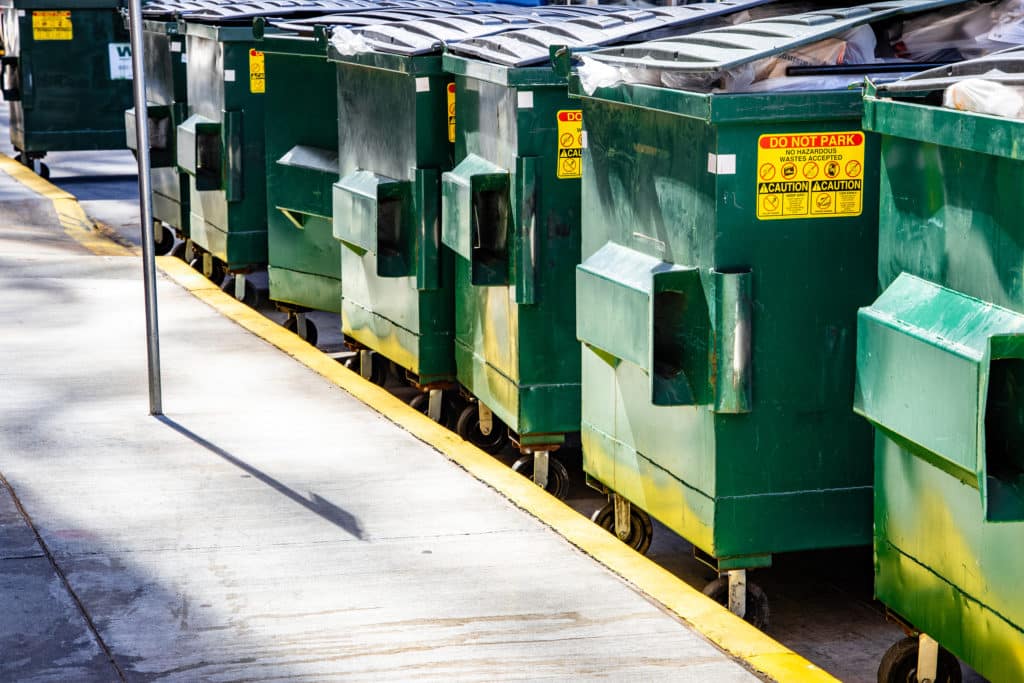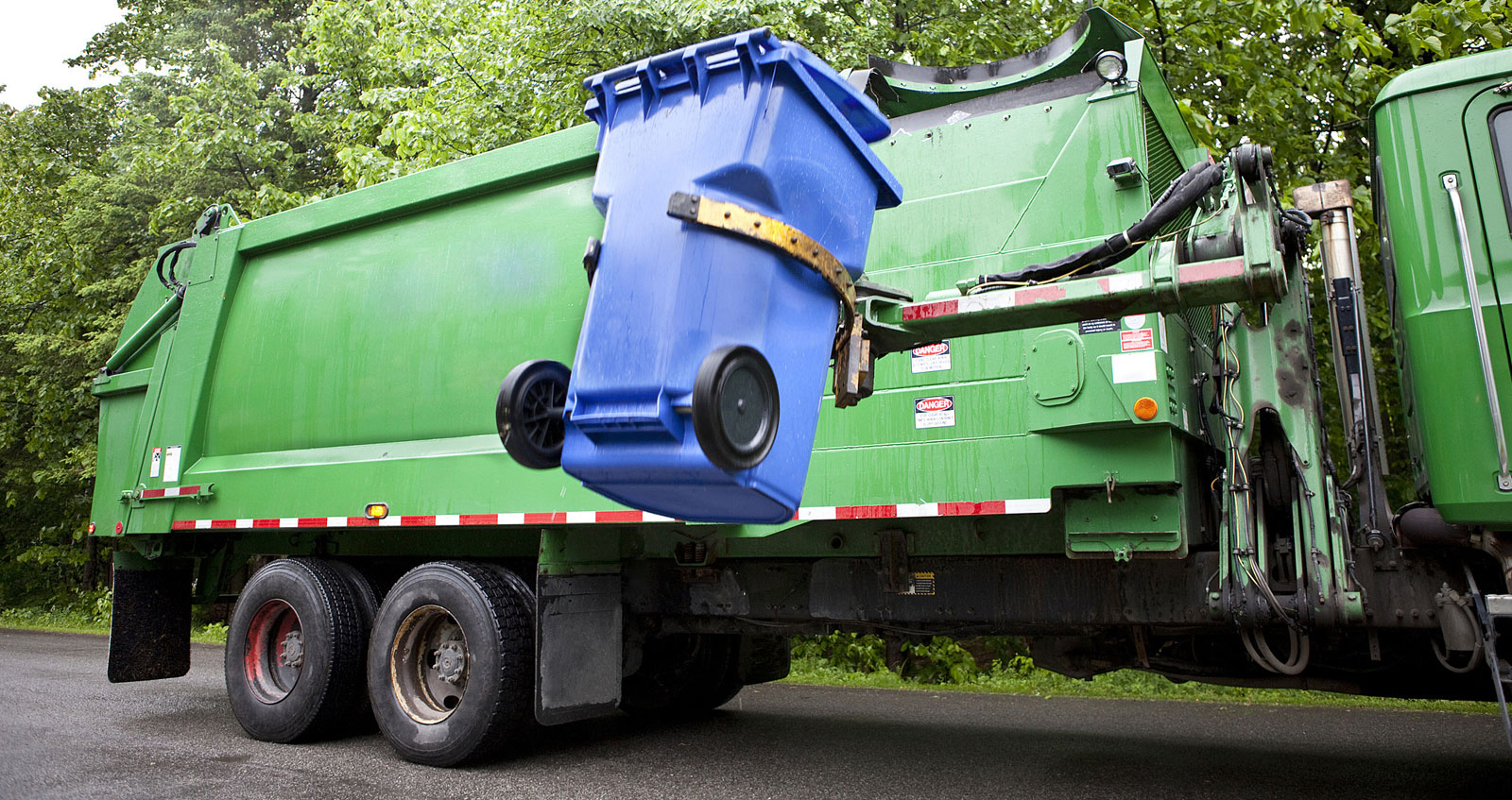Medical and biohazardous waste must be disposed of properly according to federal, state, and local regulations. However, there are many different types of biohazardous waste, and while they all follow a similar disposal process, each type must be disposed of in a particular manner.
Among the various types of medical waste, red bag waste, also known as biohazardous waste, is one of the most critical to manage. This type of waste poses a potential risk of infection or contamination from exposure to blood, body fluids, or other potentially infectious materials.
In this article, we will explore what goes in a red biohazard bag, what’s not considered red bag medical waste, and the best practices for safe and effective disposal.
What Is a Red Biohazard Bag?
Red biohazard bags are plastic bags that are specifically designed to be used to dispose of medical waste that may be infectious or biohazardous in nature. These bags are typically bright red or orange with a biohazard label on the outside to indicate the presence of hazardous waste. They are required by law to meet specific regulations and standards for their construction and disposal.
Medical facilities, research laboratories, and other organizations that generate biohazardous waste use red biohazard bags as part of their medical waste management protocols to ensure the safe and proper disposal of potentially infectious materials. It’s crucial that these bags do not end up in normal landfills without going through the proper process first.
What Goes in Red Biohazard Bags?
Like many other things in the medical industry, figuring out what goes in a biohazard bag isn’t always straightforward. As a general guideline, The Occupational Safety and Health Administration (OSHA) outlines any items that could possibly spread blood-borne pathogens should be disposed of in a red biohazard bag. That means what goes in biohazard bags is any medical waste that has blood or other potentially infectious materials (OPIM).
Some examples include, but are not limited to:
- Bloodied items
- Bandages and gauze
- Urine dipsticks
- Vaginal speculums
- Specimen cups
- Swabs
- Hospital table paper
- Used gloves and other PPE
- Catheters
- Paper towels with bodily fluids
What Does Not Go In Red Biohazard Bags?
The simplest way to figure out whether an item can be considered red bag medical waste is by determining if it has been contaminated with blood or OPIM while also making sure it’s not one of the items below that require their own special disposal practices. For example, sharps have typically come in contact with bodily fluid, but due to their dangerous nature, they must be disposed of in a sharps container.
Examples of items that do not belong in a red biohazard bag include:
- Sharps
- Packaging or paper
- Food waste
- Pharmaceuticals
- Radioactive materials
- Pathological waste
- Linens
- Mercury
- Batteries or acids
- Aerosol canisters
How to Dispose of Red Biohazard Bags
Now that you have a good understanding of what goes in a biohazard bag let’s take a look at what happens next. By following these steps, hospitals and healthcare facilities can ensure that their red bag waste is properly disposed of and comply with local and federal regulations.
Step 1: Hospital Properly Sorts Red Bag Medical Waste
Red biohazard bags should only be used for medical waste that is potentially infectious or biohazardous. Hospitals and healthcare facilities are required to have a system in place to properly sort this type of waste. Training staff on how to identify and separate red bag waste from other types of waste is a vital step in this process.
Step 2: Medical Waste Management Company Collects Red Biohazard Bag
Once the red biohazard bags are filled with the proper materials, a medical waste management company will collect them for disposal. Hospitals and medical facilities must be careful to work with reputable waste management companies that have the proper licensing and a strong understanding of local and federal regulations.
Step 3: Red Bag Waste Is Sterilized
After the medical waste management company collects the red biohazard bags, they will be transported to a facility for sterilization. This is done with a process called autoclaving that kills any potential pathogens or infectious material that may be present in the waste.
Step 4: Sterilized Waste Is Sent to the Proper Facility
Once the waste is sterilized, it can be safely disposed of in a landfill or other designated facility. It’s important to ensure that the waste is disposed of properly and in compliance with all rules and guidelines.
What Happens to Red Bag Waste?
After red bag medical waste leaves the hospital or healthcare facility, it is transferred to a facility that specializes in autoclaving. An autoclave is a piece of equipment that uses high pressure and temperature to sterilize medical waste.
The red biohazard bags are placed in the autoclave, which is then sealed and filled with high-pressure, high-temperature steam. Generally, the autoclave will heat to a temperature of 250 degrees Fahrenheit and hold at that temperature for at least 30 minutes. However, depending on the contents of the cycle, it can last longer or heat up to an even higher temperature. The autoclave process destroys any bacteria, viruses, or other pathogens present in the waste.
How to Save on Red Bag Waste Disposal
As you can probably guess after reading about how complicated red bag medical waste can be, the services for this type of medical waste disposal can be very costly for medical institutions. Not to mention, the entire waste management industry is known for sneaking in errors and overcharges on invoices.
The best way to save money on red bag waste disposal is by auditing your medical waste removal company. Companies like P3 Cost Analysts have been working in the industry for years, fighting to save businesses money through waste management audits. As a first step, our experts will comb through past and present invoices to ensure there are no errors on their end that you have to pay for. In addition, we can check the cost-effectiveness of every line item.
Once we secure the refunds that medical waste companies rightfully owe your business, we can work on your behalf to renegotiate contracts that may not be written in your favor. Our proprietary benchmarking from 30,000 clients across the country helps us ensure you’re getting fair rates.
Last but not least, we can continue to monitor your red biohazard bag removal and other medical waste removal bills from now moving forward. This will ensure that these companies provide all agreed-upon services at the rate they should be charging.
Save Money on Red Bag Waste Today
Proper management of red bag waste is essential to ensure the safe disposal of potentially infectious materials in the medical industry. Red biohazard bags should only be used for medical waste that has blood or other potentially infectious materials, and it’s crucial to follow proper disposal procedures and work with reputable waste management companies.
With knowledge of the proper use of red biohazard bags, hospitals and healthcare facilities can ensure the safe and effective disposal of red bag waste while also minimizing costs.
If you’re ready to minimize these costly services at your healthcare institution, reach out to one of our waste management experts today. Did we mention there are no upfront charges?
Schedule a free waste expense audit now!



